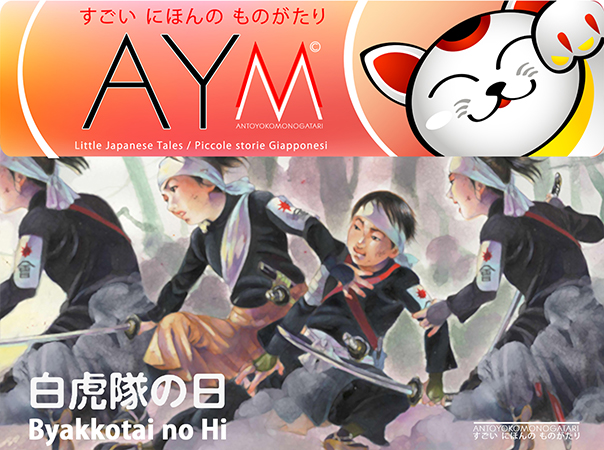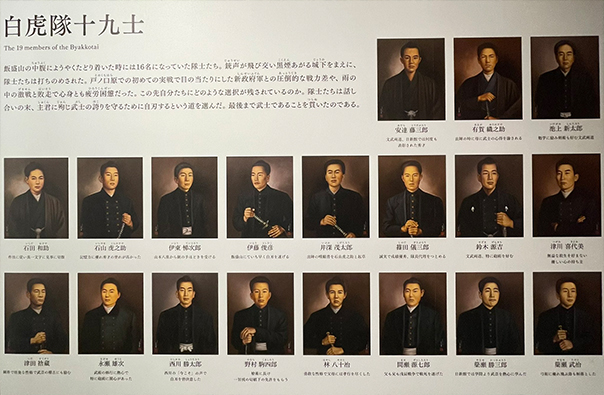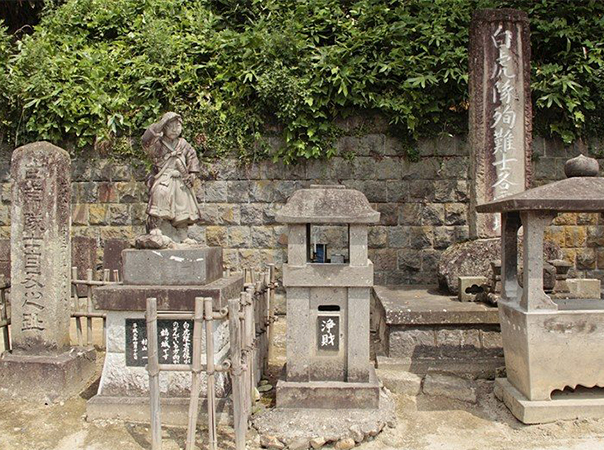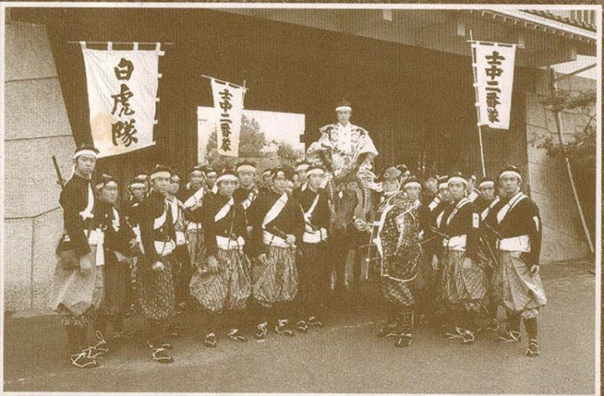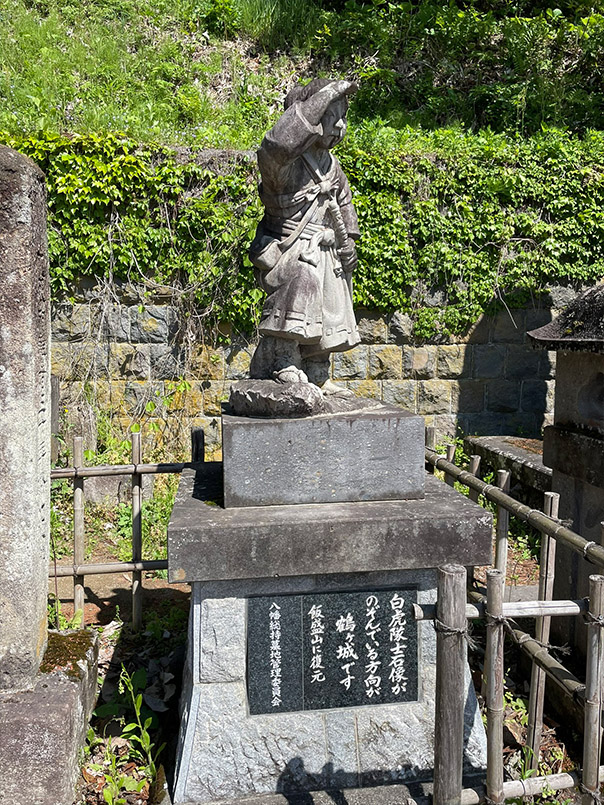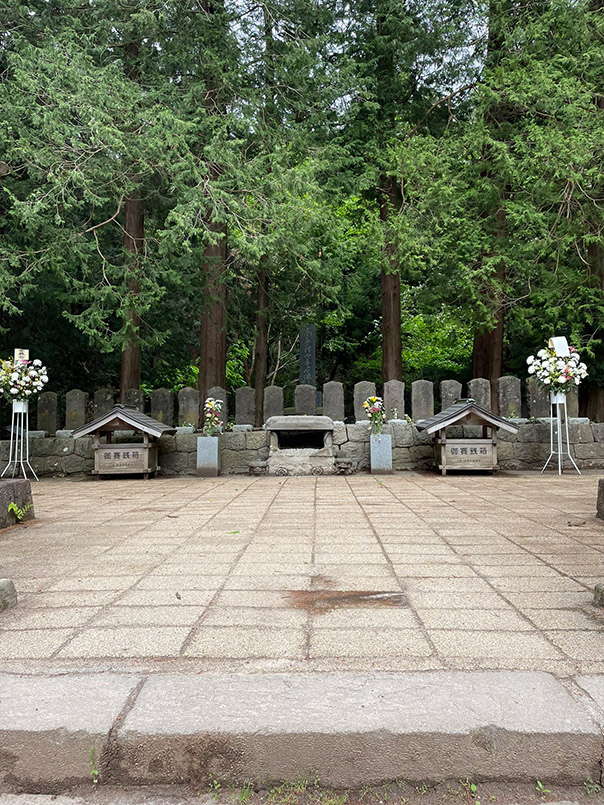|
|
白虎隊 - Byakkotai |
|
|
|
Byakkotai (白虎隊 Corpo della Tigre Bianca) deriva da Byakko 白虎 (Tigre Bianca) e furono un gruppo di 305 giovani samurai (eta' dai 16 ai 17anni) del dominio Aizu (che comprendeva altre 3 unita': Genbutai: Tartaruga nera, Seiryūtai: Dragone azzurro e Suzakutai: uccello vermiglio) Ciascuna unita' fu chiamato cosi' in onore dei quattro animali che tutelano i punti cardinali. I Byakkotai dovevano essere una unita' di riserva, data la giovane eta',e a loro volta vennero divisi secondo le linee di rango all'interno della popolazione samurai del dominio:2 squadre provenivano dal superiore (shichū),2 dal rango medio (yoriai) e 2 da quello piu' basso (ashigaru). 20 tra gli shichū, durante la guerra Boshin, rimasero tagliati fuori dalla loro unita' dopo la battaglia di Tonoguchihara. Ritiratosi sulla collina Limori, adiacente al Castello di Aizuwakamatsu, il gruppo vide quello che pensava fosse il castello in fiamme e commise seppuku in preda alla disperazione, credendo che il loro signore Matsudaira Katamori e le famiglie fossero perite per mano nemica. Ma fu un errore: le mura del castello non furono mai violate e solo la citta' che circondava la cittadella interna era in fiamme.19 ragazzi su 20 morirono sul momento. Un memoriale a loro dedicato venne eretto sulla collina Limori. Una pietra con incisa una poesia del daimyo Matsudaira Katamori si trova presso il sito: (JA) 幾 人 の 涙 は 石 に そそぐ と も その 名 は 世 々 に 朽 じ と ぞ 思う (IT) Non importa quante persone hanno lavato le pietre con le loro lacrime, questi nomi non potranno mai sparire dal mondo Curiosita': Benito Mussolini saputa la storia e rimasto impressionato dalla fedelta' al loro signore, nel 1928 fece dono di una colonna pompeiana per essere eretta presso la tomba sulla collina Limori. L'iscrizione dice: S.P.Q.R. / nel segno del littorio / Roma / madre di civilta' / con la millenaria colonna / testimone di eterna grandezza / tributa onore imperituro / alla memoria degli eroi di Biacco-tai / Anno MCMXXVIII - VI era fascista |
|
|
|
Copyright © AntoYokoMonogatari 2023 |

